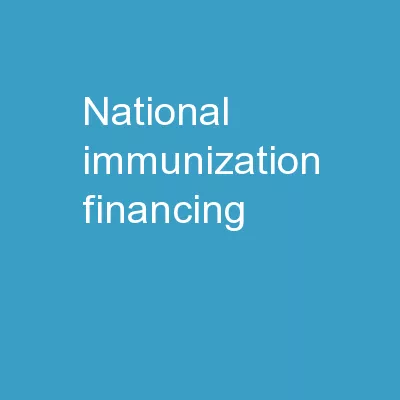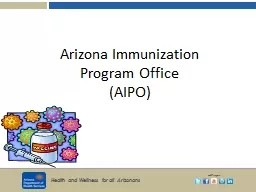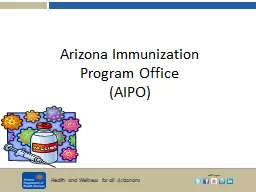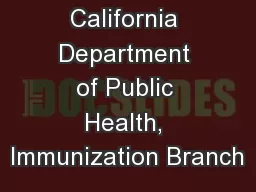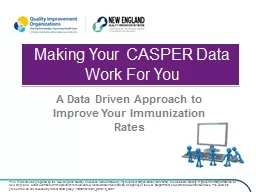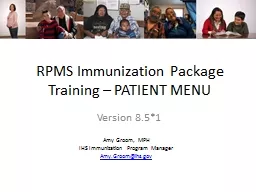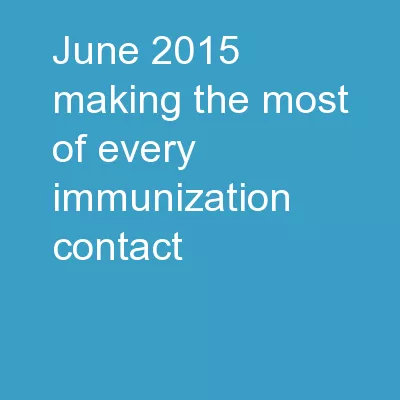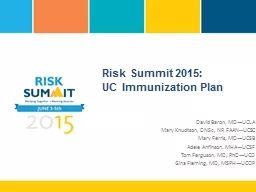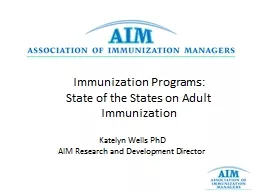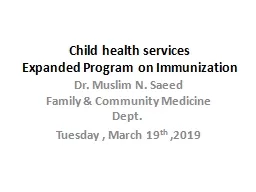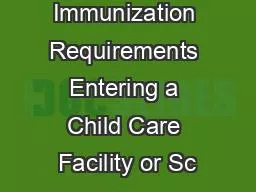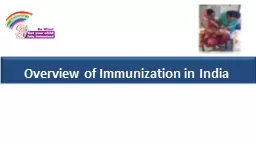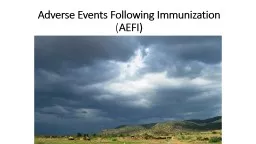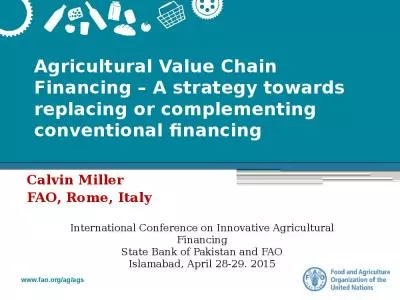PPT-National Immunization Financing
Author : karlyn-bohler | Published Date : 2018-12-06
Task Team NIFT Presentation to the ED of NPHCDA Tuesday May 30 2017 1 Outline Chairmans report NIFT overview and membership Problem statement Funding options
Presentation Embed Code
Download Presentation
Download Presentation The PPT/PDF document "National Immunization Financing" is the property of its rightful owner. Permission is granted to download and print the materials on this website for personal, non-commercial use only, and to display it on your personal computer provided you do not modify the materials and that you retain all copyright notices contained in the materials. By downloading content from our website, you accept the terms of this agreement.
National Immunization Financing: Transcript
Download Rules Of Document
"National Immunization Financing"The content belongs to its owner. You may download and print it for personal use, without modification, and keep all copyright notices. By downloading, you agree to these terms.
Related Documents

